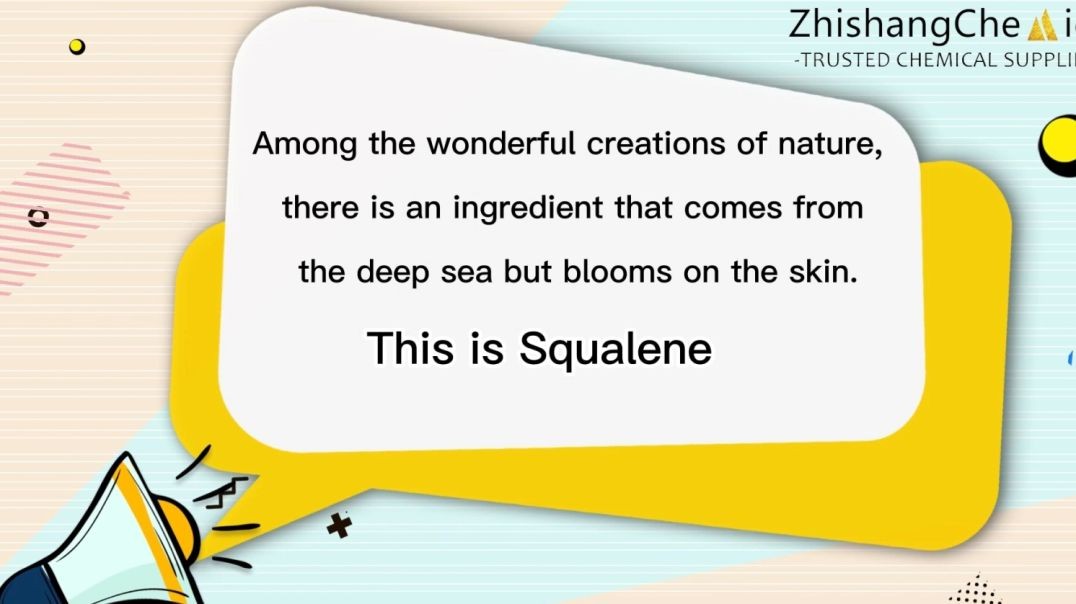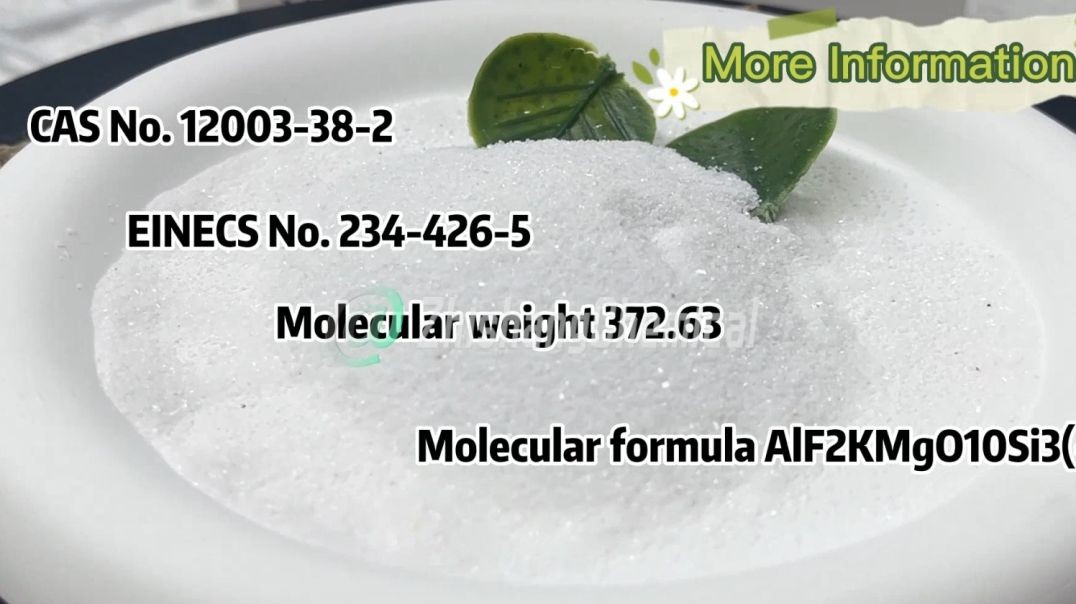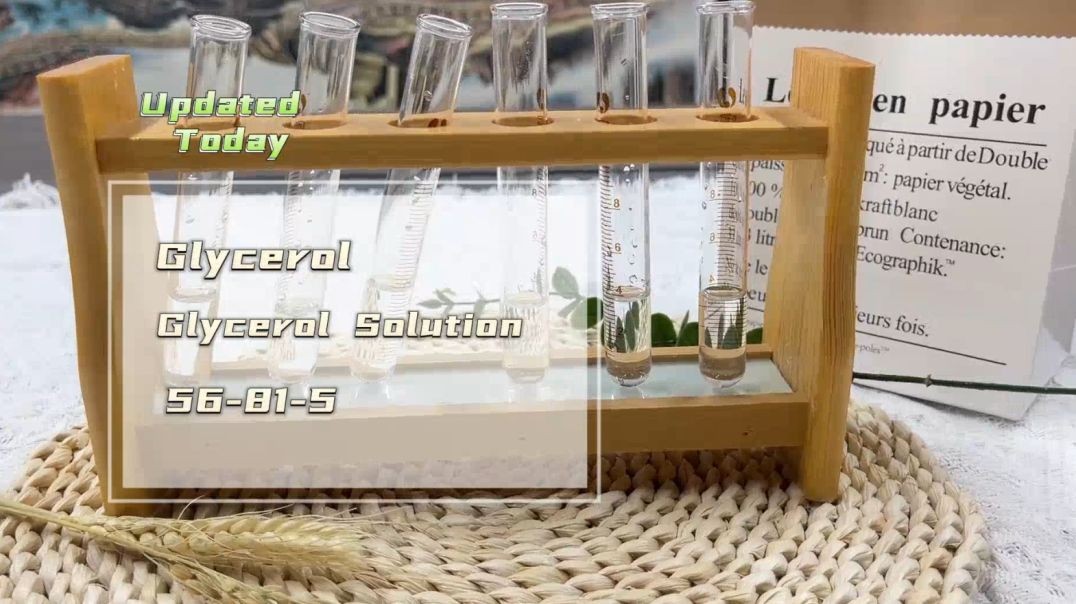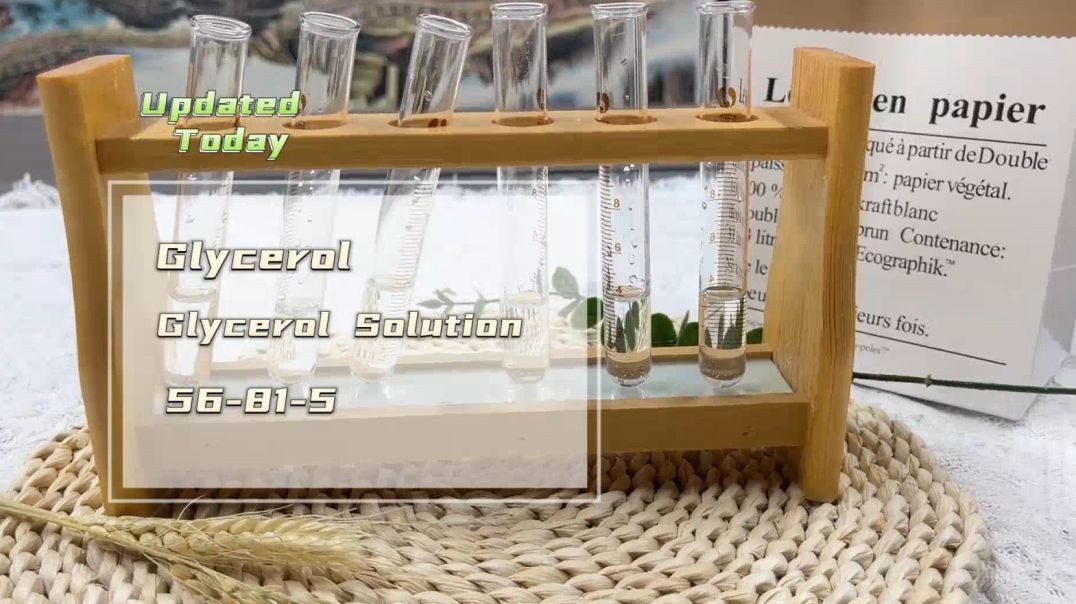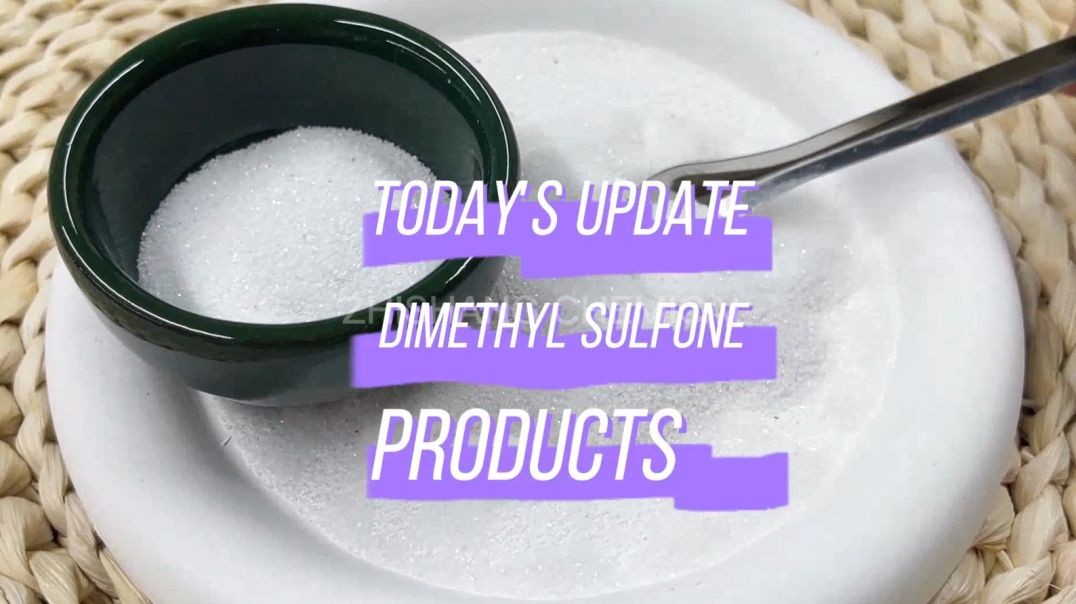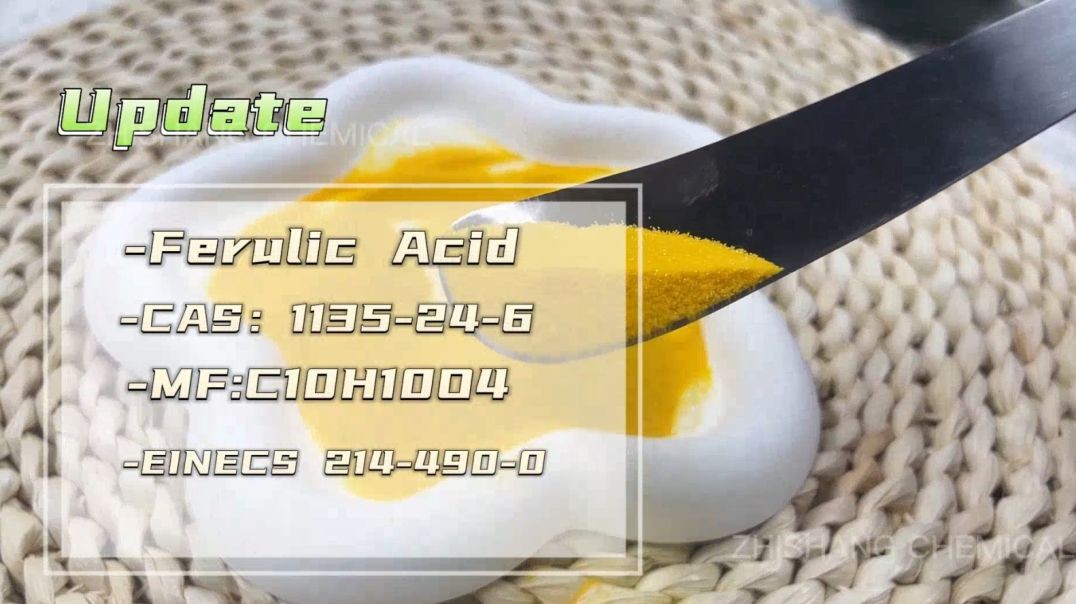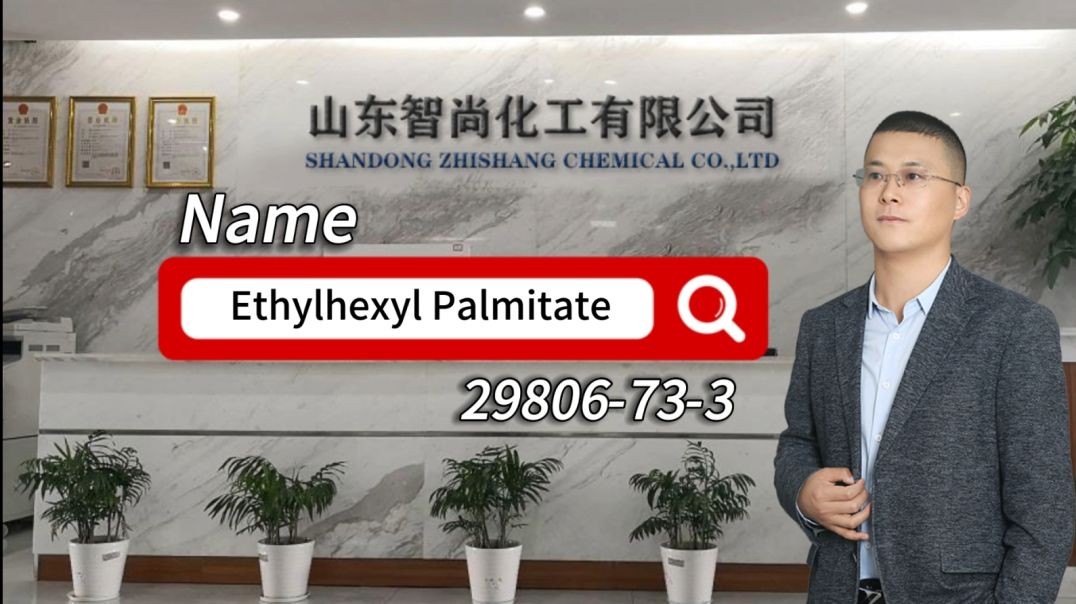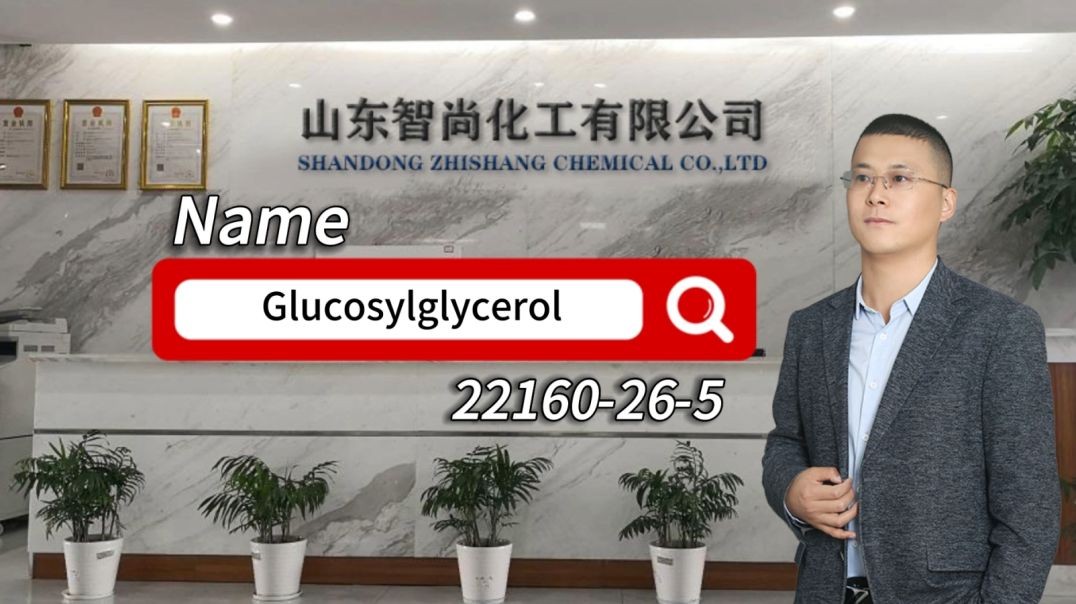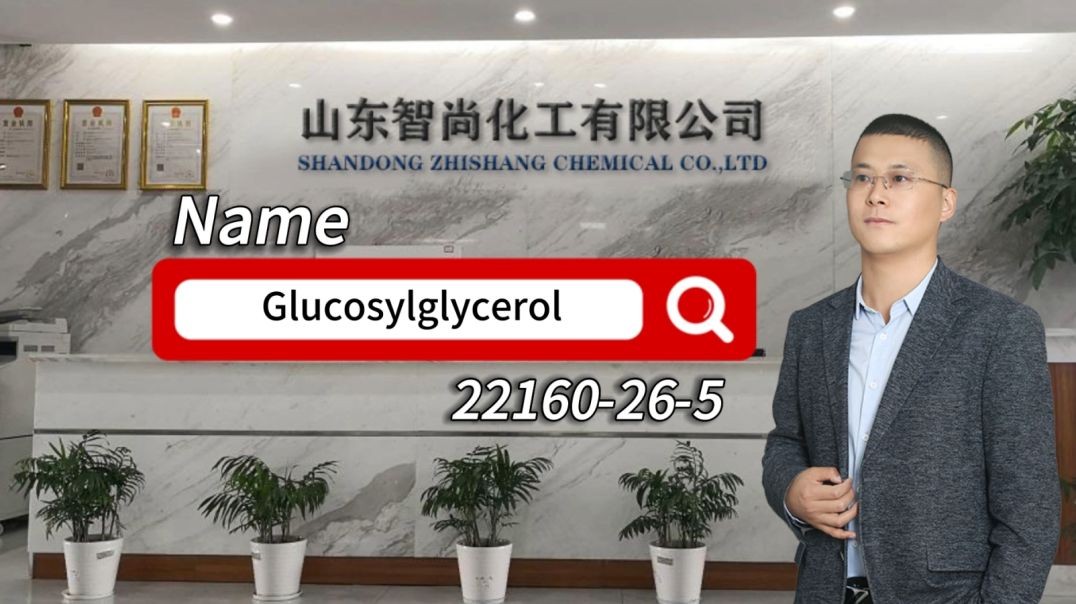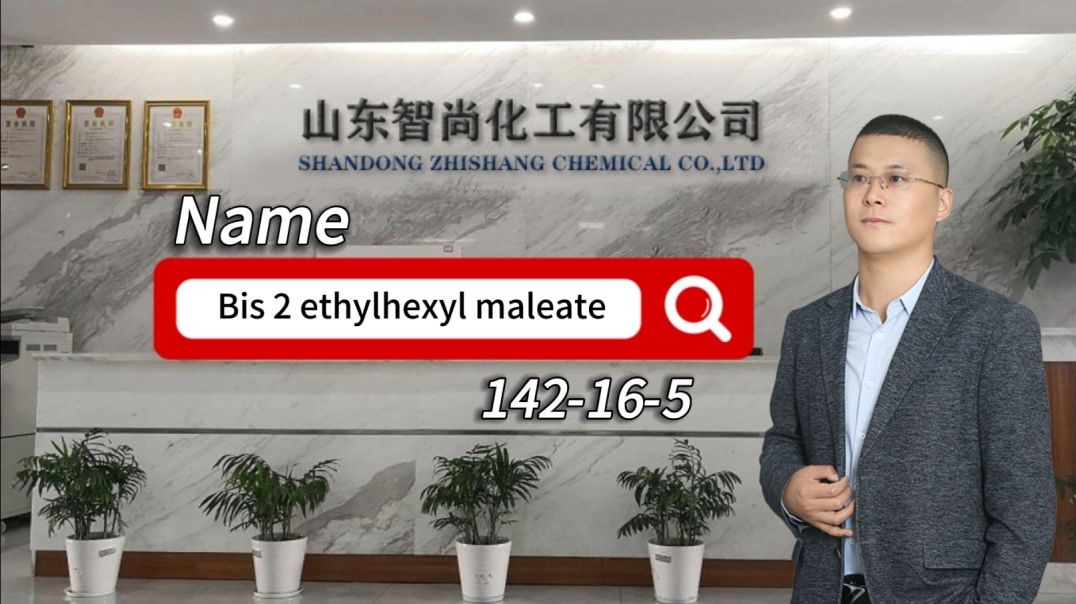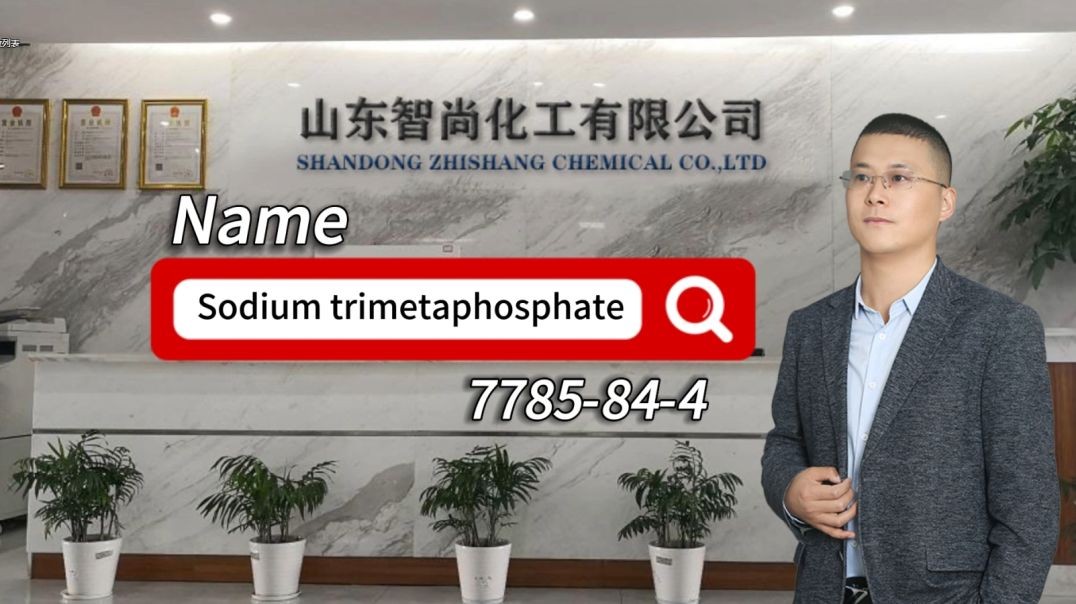Product Display
Acacia alcohol is a colorless to slightly yellow oily liquid with a light white lemon like aroma. It has a boiling point of 110-113 ℃ and is soluble in 1ml of 3mL 70% ethanol, propylene glycol, and oils, but insoluble in water. Natural products are found in cinnamon, ylang ylang ylang, rosegrass, musk sunflower seeds, etc.
Acacia alcohol has a mild and delicate floral aroma with characteristics of lily of the valley.
Farnesol has a good fragrance fixing effect and is often used as an important component of high-grade floral essence; Acacia alcohol has the ability to inhibit bacteria and is highly efficient and low toxic. It can be used as a liquid disinfectant, deodorizer, and cosmetic, as well as for wood preservation and antibacterial purposes;
Acacetin alcohol is also a component of insect juvenile hormones and can be used to manufacture insecticides. Acacetin alcohol is widely used as a male sex hormone attractant for insect hormones, such as as as a sex hormone attractant for male spiders, to inhibit insect growth and achieve the goal of insect extermination
Squalene, also known as thirty carbon hexaene or cod liver oil ene. A polyunsaturated olefin with regular branched chains. A representative branched chain alkene found in small amounts in certain phytoplankton, seawater, yeast, bacteria, malt, olive oil, wheat germ oil, and rice bran oil in marine environments.
Effect and Function
Squalene has biological activities such as improving hypoxia tolerance, inhibiting microbial growth, antibacterial and anti-inflammatory effects, and regulating cholesterol metabolism. Moreover, squalene is a non-toxic enhancer with anti-aging and anti-cancer effects. Squalene has a wide range of sources and is present in microorganisms, plant seeds, and microalgae
Synthetic fluorogold mica flakes KMg3 (A1Si3O10) F2 (also known as synthetic mica) are layered silicate compounds formed by high-temperature reactions, melting, cooling, crystallization, and growth of chemical and mineral raw materials. It does not contain hydroxyl groups, so it has good temperature resistance and good insulation properties; It is directly fired from compounds, so it has high purity and whiteness.
The artificially synthesized fluorogold mica powder is widely used in mica titanium pearl pigments, cosmetic powders, plastics, and ceramic fillers. At the same time, the artificially synthesized fluorogold mica is widely used in the electronics industry due to its excellent electrical insulation properties.
Synthetic fluorogold mica can be widely used in mica titanium pearl pigments, cosmetic powders, plastics, and ceramic fillers. At the same time, artificially synthesized fluorogold mica is widely used in the electronics industry due to its excellent electrical insulation properties.
Glutathione is an antioxidant found in plants, animals, fungi, as well as some bacteria and archaea. Glutathione can prevent damage to important cellular components from sources such as reactive oxygen species, free radicals, peroxides, lipid peroxides, and heavy metals.
As an antioxidant in animal cells, it exists inside cells filled with water and can protect DNA from oxidation. Glutathione exists in two forms in the human body, one is the reduced form and the other is the oxidized form. Spinach contains glutathione.
Glutathione can directly inhibit tyrosinase activity, while sweeping away a large amount of oxidative free radicals, preventing free radicals from activating tyrosinase, and hydrolyzing into cysteine, interfering with melanin synthesis. That is to say, during the whitening process, it has both "antioxidant" and "inhibitory" dual effects.
Glutathione is still a small molecule peptide with a molecular weight of 307 daltons (molecules larger than 500 daltons cannot cross the skin barrier).
This means that glutathione applied to the skin can be absorbed by the skin. Moreover, it is also an inherent antioxidant component in human cells, making it easier to "trick" the defense layer and enter the body.
Glycerol, also known as glycerol, is a colorless, odorless, and sweet viscous liquid. Boiling point 290 ℃, melting point 17.9 ℃, relative density 1.2613. It is infinitely miscible with water and anhydrous glycerol has strong water absorption.
Glycerol has weak acidity and can react with alkaline hydroxides, such as copper hydroxide, to produce brightly colored blue glycerol copper (which can be used to identify polyols).
Due to its hygroscopicity, glycerol is commonly used as a moisture absorbing and moisturizing agent in cosmetics, leather, tobacco, food, and textiles. Glycerol also has a moisturizing effect on the intestines and can be used for enema or made into suppositories to treat constipation.
Glycerol reacts with diacids to produce alkyd resin, which is widely used in paints and coatings. Glycerol is widely present in the form of esters in nature. Various animal and vegetable oils and fats are carboxylic acid esters of glycerol, and hydrolysis of oils and fats can yield fatty acids and glycerol. At present, one of the main sources of glycerol is a byproduct of the soap industry (oil hydrolysis under alkaline conditions), and the other source is the preparation of propylene from petroleum cracking gas
summary
Dimethyl sulfone is an organic sulfide that enhances the ability of the human body to produce insulin and promotes carbohydrate metabolism. It is an essential substance for collagen synthesis in the human body. It can promote wound healing and also play a role in the synthesis and activation of vitamin B, vitamin C, and biotin required for metabolism and neurological health, known as "naturally beautifying carbon substances". It is found in the skin, hair, nails, bones, muscles, and various organs of the human body. It mainly exists in the ocean and soil in nature and is absorbed as a nutrient in plant growth. Humans can consume it from vegetables, fruits, fish, meat, eggs, milk, and other foods. Once lacking, it can cause health disorders or diseases. It is the main substance for maintaining the balance of biological sulfur elements in the human body and has therapeutic value and health functions for human diseases. It is an essential drug for human survival and health protection. Abroad, it is widely used as an equally important nutrient as vitamins. However, research on the application of dimethyl sulfoxide in China has not been well carried out, so all products are currently exported.
effect
1. It can eliminate viruses, strengthen blood circulation, soften tissues, alleviate pain, strengthen muscles and bones, calm the mind, enhance physical strength, maintain skin, beautify hair, treat arthritis, oral ulcers, asthma, constipation, unblock blood vessels, and eliminate gastrointestinal toxins.
2. Dimethyl sulfone can be used as a food and feed additive for supplementing organic sulfur nutrients in humans, pets, and livestock.
3. When applied topically, it can make the skin smooth, muscles soft, and reduce pigmentation. Recently, its use as a cosmetic additive has increased dramatically.
4. It has good analgesic and wound healing functions in medicine.
5. Excellent penetrating agents in drug production.
character
Light yellow powder
nature
This product is a light yellow to light brown powder with a special odor and extremely astringent taste; Dissolve in 1 part of water or ethanol, soluble in acetone, insoluble in chloroform or ether.
purpose
Clarifier, astringent, crude oil deodorizer, fragrance enhancer; Tannic acid can be used for tanning leather, ink manufacturing, gluing paper and silk, boiler descaling, etc. It can also be used as a mordant, a clarifying agent for beer and wine, a gelling agent for rubber, etc. It can be used in industries such as printing and dyeing, metallurgy, and pharmaceuticals, and tannic acid itself has low toxicity. Precipitation and weight determination of beryllium, aluminum, gallium, indium, niobium, tantalum, and zirconium. Specific determination of copper, iron, vanadium, cerium, and cobalt. Protein and alkaloid precipitants. External indicator for ammonium molybdate titration of lead. Dye mordant.
Spring chrysanthemum oil is traditionally used in European folk medicine to treat colds, fever, indigestion, gastrointestinal inflammation, spasms, etc. It can also be used topically to reduce inflammation and swelling. Chrysanthemum oil has strong anti-inflammatory activity and unique fragrance because it contains red myrrhol compounds and the chemical components of mother chrysanthemum. It can be used in cosmetics such as lipstick, soap, sunscreen, and shampoo. It has both natural fragrance and can prevent skin cracking and inflammation. It plays a dual role in makeup and prevention. It can be used in mouthwash to treat toothache. Because it is a natural product that is non-toxic and harmless, and has a unique and similar aroma of natural chrysanthemum flowers, it can be used as an aromatic agent in sweet wine.
Lauric acid, also known as dodecanoic acid, is a saturated fatty acid with 12 carbon atoms. At room temperature, it is a white needle shaped crystal with a slight aroma of bay oil. Insoluble in water, soluble in organic solvents such as methanol, ether, chloroform, and slightly soluble in acetone and petroleum ether. Although named lauric acid, it only accounts for 1-3% of the content in bay oil. At present, it has been found that vegetable oils with high content of lauric acid include 45-52% coconut oil, 44-52% oil palm seed oil, 43-44% babassu seed oil, etc. Although lauric acid is a saturated fatty acid, its risk of cardiovascular disease is lower than other saturated fatty acids.
The greatest function of lauric acid is its antimicrobial ability, which can enhance immunity. Many people have found that after consuming lauric acid, its antiviral ability is greatly improved, such as influenza, fever, herpes, etc. Lauric acid can also alleviate antibiotic resistance, reduce the risk of heart disease, and so on. For young women, one of the major benefits of lauric acid is skincare. Studies have found that its skincare effects are much better than some well-known cosmetics.
Menthol is a rarely used traditional Chinese medicine, which is a colorless and transparent needle shaped or prismatic crystal, or a white crystalline powder. The crystal length varies, with a length of about 3cm and a thickness of about 0.3cm. It is fragile when twisted by hand. There is a mint aroma, and the taste is initially hot and then cool. Colorless and transparent, with a strong odor is preferred. Menthol is extracted from the leaves and stems of peppermint, with white crystals and a molecular formula of C10H20O. It is a colorless transparent needle shaped or hexagonal prism shaped crystal. There is a special cool mint aroma and fragrance, presenting a cool, ether, and spicy aroma. Sublimative and with a mint aroma, the taste is initially hot and then cool, easily volatile, and the ethanol solution is neutral. It is highly soluble in ethanol, chloroform, ether, liquid paraffin or volatile oil, and only slightly soluble in water.
Physical and chemical properties
Ferulic acid is a common aromatic acid in the plant kingdom, which is a component of suberin and rarely exists in a free state in plants. It mainly forms a bound state with oligosaccharides, polyamines, lipids, and polysaccharides.
purpose
Ferulic acid has many health functions, such as clearing free radicals, anti thrombotic, antibacterial and anti-inflammatory, inhibiting tumors, preventing and treating hypertension, heart disease, enhancing sperm vitality, etc; And it has low toxicity, is easy to metabolize for the human body, can be used as a food preservative, and has a wide range of applications in food, medicine, and other fields.
Application 1: In the healthcare industry, collagen is mainly used as a scaffold material, skin, and bone in tissue engineering. With the application of collagen in tissue engineering, the use of bioengineered membranes has become more widespread, such as vascular membranes, heart valves, and ligaments. Collagen has good biocompatibility and biodegradability safety, is biodegradable and absorbable, and has good adhesion, thus possessing unique skin repair functions. After modification, it can be used to make skin transplant materials. Collagen can form the skeleton of the extracellular matrix, which is an important component of cells. It plays an anchoring and supporting role in cells and provides an appropriate microenvironment for cell proliferation and growth, as well as a good nutritional supply. Therefore, whether collagen serves as the skeleton of new tissue before absorption or is absorbed and assimilated into the host, becoming a part of the host tissue, it has a good coordinating effect with the matrix around cells, which is conducive to the proliferation and repair of epithelial cells, thus promoting wound healing. It can be used for the repair, treatment, and care of burns and injuries, and can reduce and alleviate the degree of burns and scalds. Collagen biological dressings have two advantages: one is that the preparation method is simple, sterilization is convenient, and processing is easy; Secondly, it has good adhesion, is suitable for the formation of granulation tissue and epithelial cells, can reduce wound contraction and antigen reactions, has good hemostatic performance, and is easy to absorb tissue secretions. Collagen, due to its unique properties, can also be used for the treatment of ophthalmic diseases. Collagen can promote the repair of corneal epithelial cell damage and cell growth, and can dissolve in tears, with the ability to guide epithelial cells to infiltrate the defect area. At the same time, its degradation products can be utilized by new cells to synthesize new collagen, which plays a role in connecting cells. Therefore, it is widely used in the treatment of ophthalmic diseases. Collagen can also serve as a carrier for ocular drug delivery, with the ability to increase drug concentration, prolong drug action time, and reduce systemic drug toxicity. It has broad development prospects. Collagen is widely used in clinical medicine for cosmetic orthodontics, treatment of periodontal diseases, hard tissue repair, nerve repair and regeneration, periodontal nerve repair wrapping materials, artificial organs, pacemakers, and fillers for human organs.
2. The application of collagen in cosmetics can be extracted from animal skin. In addition to collagen, animal skin also contains proteoglycans such as hyaluronic acid and chondroitin sulfate, which are natural moisturizing factors and important substances for maintaining skin moisture. They also have the effect of preventing tyrosine in the skin from being converted into melanin. Collagen, similar in structure to the collagen in the skin and the stratum corneum, can promote the proliferation and repair of epithelial cells, supplement nutrients such as amino acids, improve the living environment of skin cells, promote the metabolism of skin tissue, and enhance circulation, filling and repairing damaged and aging skin. It also has good compatibility, affinity, and permeability with the skin, and can be fully absorbed by the skin, making the skin plump, wrinkle free, and able to increase skin density and tension. Therefore, collagen has the functions of pure natural moisturizing, whitening, freckle removal, wrinkle prevention, etc. It can be widely used in the cosmetics industry. Nowadays, many cosmetics sold in the market, such as facial mask, eye cream, skin cream, etc., contain collagen
3. Collagen has two applications in the food industry: functional and nutritional. Collagen peptides can be consumed directly as functional foods, such as chewable tablets, protein powders for athletes, and enteral nutrition preparations. People consuming foods rich in collagen can not only effectively delay aging, strengthen muscles and bones, and enhance physical fitness, but also have health benefits such as weight loss, blood pressure reduction, and calcium supplementation. After being treated with specific enzymes, collagen can break down the hydrogen bonds within its molecules, causing the original tight supercoiled structure to be disrupted, resulting in a loosely structured small molecule substance. Adding it to meat products can improve connective tissue, increase protein content, have a good taste, and are nutritious. The enzymatic hydrolysis products of collagen can also be used as amendments for frozen foods, as thickening agents, with a low melting point, easy solubility, and the characteristic of melting at the mouth. Therefore, collagen is widely used in foods such as jelly, cheese, ham, canned food, bread, etc. In addition, utilizing the film-forming properties of collagen, it can be used as a film material for curing enzymes and meat food labels. Collagen can also be used as a food adhesive to synthesize fiber membranes and as a food protective layer, used as packaging paper for meat, fish, etc. As a food protective layer, it has antioxidant properties and maintains the bright color of meat products.
Isooctyl palmitate itself has low viscosity, non-greasy, good compatibility with the skin, good emollience, ductility and permeability, is an important oily raw material for the production of high-grade cosmetics, and is often used in various human skin care products. It can also be used as a plasticizer for ethyl cellulose, cellulose nitrate and polystyrene, and can also be used as an auxiliary plasticizer for polyvinyl chloride. In addition, isooctyl palmitate can be directly used as an additive for high-grade lubricating oil, cutting oil, coolant, rolling oil, drilling oil and other oil additives in advanced instrument processing.
nature
Isooctyl palmitate is a colorless to pale yellow transparent oily liquid with good chemical and thermal stability. It is insoluble in water but soluble in conventional organic solvents.
purpose
Isooctyl palmitate has low viscosity, is non greasy, and has good compatibility with the skin. It has good moisturizing, extensibility, and permeability, and is an important oily raw material for producing high-end cosmetics. It is commonly used in various human skincare products. It can also be used as a plasticizer for ethyl cellulose, nitrocellulose, and polystyrene, and as an auxiliary plasticizer for polyvinyl chloride.
In addition, isooctyl palmitate can be directly used as an additive for advanced lubricants, cutting oil, coolant, rolling oil, and chisel oil in advanced instrument processing.
Glycerol glucoside is a glycoside compound formed by the connection of glycerol and glucose molecules through glycosidic bonds. It is the main active ingredient of Melastomataceae (resurrection grass), which can activate the cells of Melastomataceae in long-term dry environments, giving it new life. It is essential for Melastomataceae to survive in long-term dry environments. In addition, glycerol glucoside can also be produced by blue-green algae and other sources.
Moisturizing: Glucosamine promotes the synthesis of aquaporins, maintains osmotic balance, and brings the necessary moisture to skin cells. Aquaporins (AQPs) are membrane proteins that can selectively introduce or export moisture into and out of cells. AQP3 or AQP5 are mainly present in the epidermis of the skin. For example, AQP3 is used for transporting water and glycerol;
Improving skin barrier: promoting the regeneration of NMF (silk fibroin), which is further processed into amino acids in the upper stratum corneum of the epidermis to help the skin retain moisture. It is a protein that plays an important role in the formation of the skin barrier;
Anti inflammatory: can reduce the production of pro-inflammatory cytokines such as SCF, accelerate wound healing and tissue repair;
Protecting collagen: Collagen degrading enzyme (MMP1) is an enzyme that can cleave the triple helix structure of collagen, which is produced in large quantities during skin inflammation. Controlling the activity of MMP1 and removing it is particularly important for anti-aging.
Glycerol glucoside is a glycoside compound formed by the connection of glycerol and glucose molecules through glycosidic bonds. It is the main active ingredient of Melastomataceae (resurrection grass), which can activate the cells of Melastomataceae in long-term dry environments, giving it new life. It is essential for Melastomataceae to survive in long-term dry environments. In addition, glycerol glucoside can also be produced by blue-green algae and other sources.
Moisturizing: Glucosamine promotes the synthesis of aquaporins, maintains osmotic balance, and brings the necessary moisture to skin cells. Aquaporins (AQPs) are membrane proteins that can selectively introduce or export moisture into and out of cells. AQP3 or AQP5 are mainly present in the epidermis of the skin. For example, AQP3 is used for transporting water and glycerol;
Improving skin barrier: promoting the regeneration of NMF (silk fibroin), which is further processed into amino acids in the upper stratum corneum of the epidermis to help the skin retain moisture. It is a protein that plays an important role in the formation of the skin barrier;
Anti inflammatory: can reduce the production of pro-inflammatory cytokines such as SCF, accelerate wound healing and tissue repair;
Protecting collagen: Collagen degrading enzyme (MMP1) is an enzyme that can cleave the triple helix structure of collagen, which is produced in large quantities during skin inflammation. Controlling the activity of MMP1 and removing it is particularly important for anti-aging.
Dodecyltrimethylammonium chloride is a cationic surfactant that can be used to form nanocapsules. It has good chemical stability, heat resistance, light resistance, strong acid resistance, and strong alkali resistance. It is widely used in industrial production as a catalyst, emulsifier, fungicide, disinfectant, anti-static agent, etc.
In addition, this substance can also be used as a release agent and isolation agent in the latex industry.
Diethyl hexyl maleate is a chemical substance commonly abbreviated as MDEHMA. The following is an introduction to the properties, uses, preparation methods, and safety information of diethyl hexyl maleate:
nature:
-Diethyl hexyl maleate appears as a colorless to yellow liquid.
-It has low viscosity and low volatility.
-This compound can dissolve in various organic solvents, such as alcohols and ketones.
Purpose:
-Diethyl hexyl maleate is commonly used as a crosslinking agent in synthetic resins, plastics, and coatings.
-It is also widely used as a plasticizer and coating additive to improve the flexibility, wear resistance, and chemical resistance of products.
-Due to its excellent chemical stability, diethylhexyl maleate can also be used as a material in dental and medical applications.
Manufacturing method:
-The main preparation method of diethyl hexyl maleate is by reacting maleic acid with diethyl hexanol.
-The reaction is usually carried out at appropriate temperature and pressure, and an appropriate amount of catalyst is used to promote the reaction.
Sodium silicate is an inorganic compound
nature:
1. Appearance: Sodium silicate usually appears as a white or colorless crystalline solid.
2. Solubility: It has good solubility in water and the solution is alkaline.
3. Stability: Relatively stable under dry conditions, but prone to moisture absorption and deterioration in humid environments.
Purpose:
1. Sodium silicate is an important raw material for glass manufacturing and can be used as a flux and tackifier in the glass industry.
In the textile industry, sodium silicate is used as a flame retardant and crosslinking agent for urea resins.
Manufacturing method:
1. Alkali method: Sodium silicate can be prepared by the reaction of alkali and silica.
2. Acid method: Sodium silicate can also be produced by reacting silicic acid with sodium hydroxide.
application
1. Sodium tripolyphosphate can be used for the preparation of Vc phosphate, which not only has the effect of vitamin C, but also overcomes the disadvantage of vitamin C being easily oxidized by light, heat, and metal ions.
2. It can be used for the preparation of cross-linked starch. In industry, sodium tripolyphosphate is used as a cross-linking agent to prepare cross-linked starch, which has the characteristics of high efficiency, environmental protection, high conversion rate, and low cost. It is suitable for different product processing needs and has excellent product performance.
3. Sodium tripolyphosphate is an excellent inorganic surfactant due to its unique molecular structure.
4. Has strong chelating ability. It can form soluble complexes with metal cations such as calcium, magnesium, and iron dissolved in water, maintain inertness, and turn water into soft water, making it a water softener.
5. It has strong solubility and can dissolve many insoluble compound suspensions (including pigments); Make the dirt in the solution finely dispersed and not precipitate on the textile fibers. For solid particles, it can facilitate the generation of latex like liquid, promote particle dispersion, and maintain stability. When used together with detergents, it can accelerate particle dispersion speed and enhance washing effect; When used for viscous liquids, it can increase the fluidity of the liquid.
6. Sodium tripolyphosphate can be used as a buffering agent for hydrogen peroxide bleaching. As a component of detergent, it can maintain the pH of the detergent solution within the most suitable range. If used as a detergent for light metals, it can prevent the harm of alkali.
7. It is also the raw material for producing high-end toothpaste, and its function is equivalent to that of an abrasive. Medical research has shown that sodium tripolyphosphate also has the function of preventing and eliminating dental caries, and sodium tripolyphosphate is the most effective among all phosphates.

